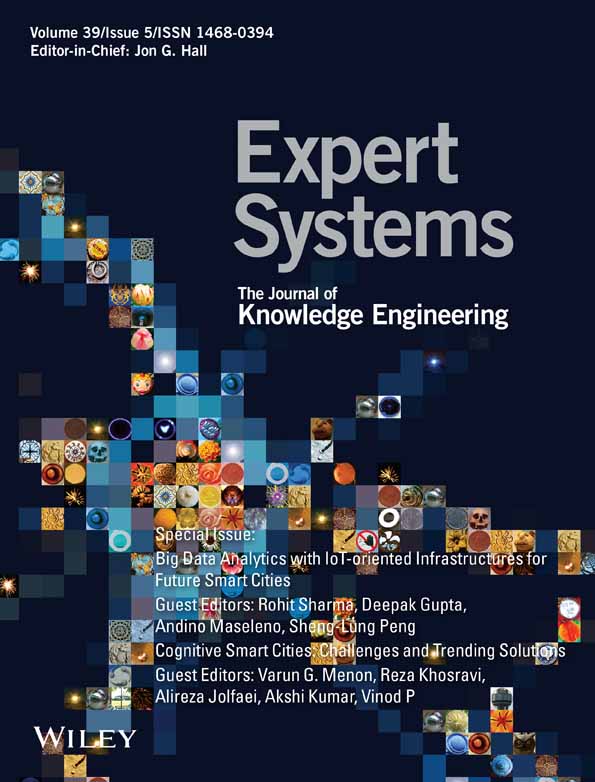Multi-scale event causality extraction via simultaneous knowledge-attention and convolutional neural network
Funding information: National Natural Science Foundation of China, Grant/Award Number: 91746203; Shanghai Sailing Program, Grant/Award Number: 20YF1413800
Abstract
Event causality extraction is a challenging task in natural language processing (NLP), which plays an important role in event prediction, scene generation, question answering and textual entailment. Most existing methods focus on extracting single-scale (such as phrase) event causality, while fails to extract multi-scale (such as word, phrase, sentence) event causality. To fill the gap, we propose multi-scale event causality extraction via simultaneous knowledge-attention and convolutional neural network (KA-CNN). First, knowledge-attention takes N-gram embedding as input and takes semantic features, fused with prior knowledge through causal associative link network (CALN), as output. Second, multi-scale CNN is designed with word embedding as input and semantic feature of corpus as output. Third, bidirectional long short-term memory with conditional random field (BiLSTM + CRF) is conducted after concatenation of features from knowledge-attention and multi-scale CNN. Finally, we compare our results with other baselines. The experimental results show that our proposed method shows promising result in extracting multi-scale event causality.
Open Research
DATA AVAILABILITY STATEMENT
The data that support the findings of this study are available from the corresponding author upon reasonable request.




